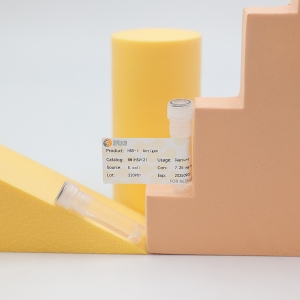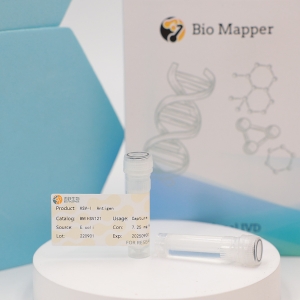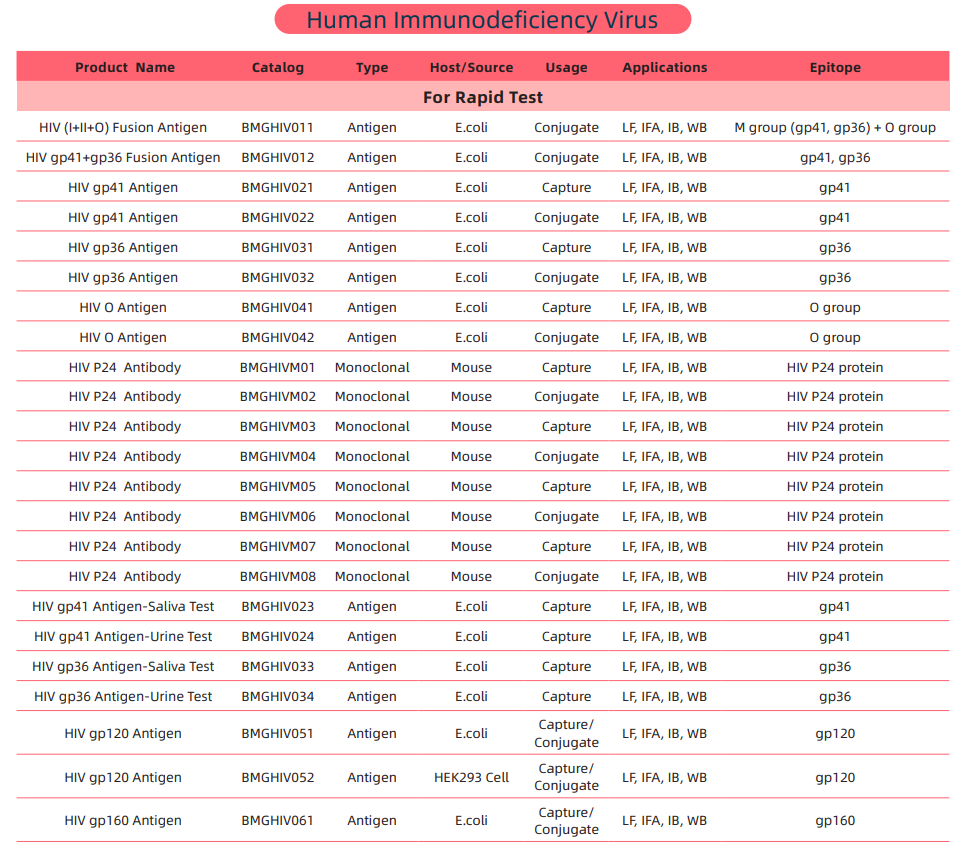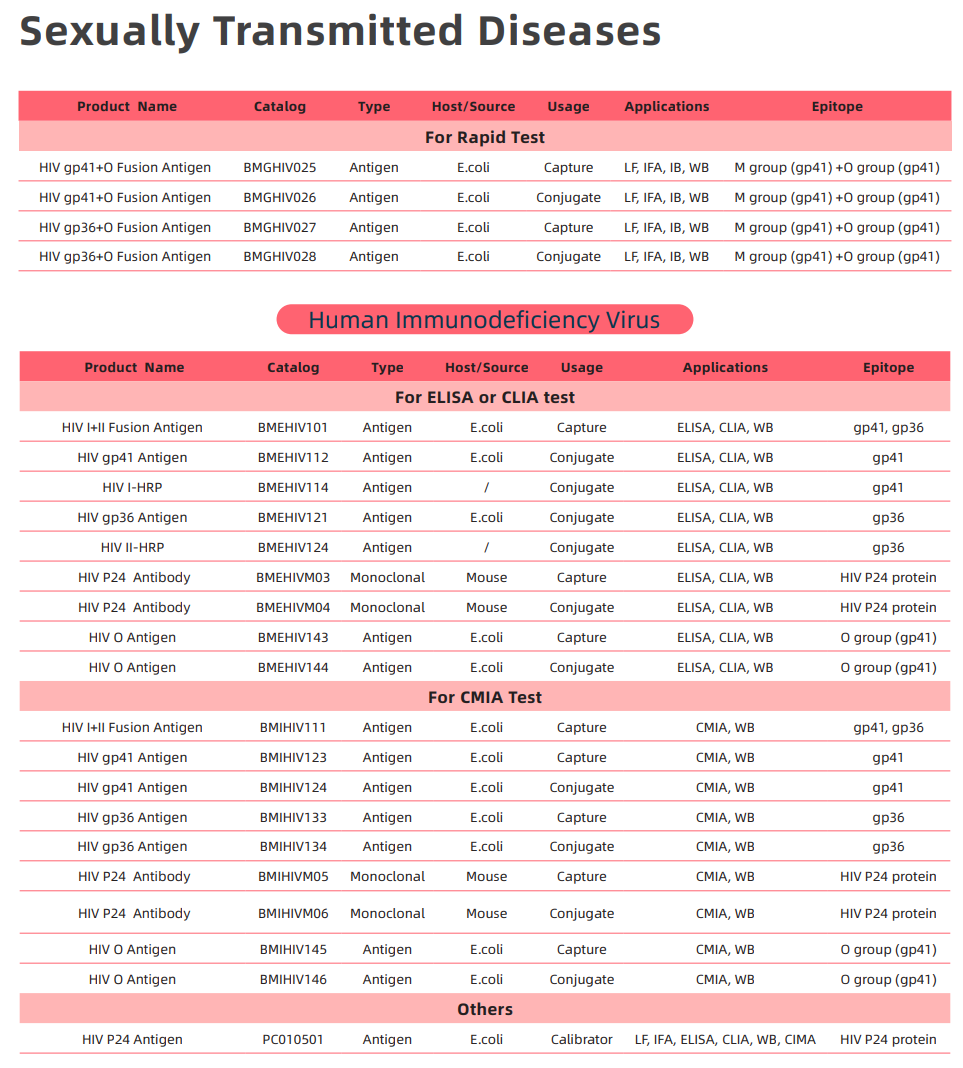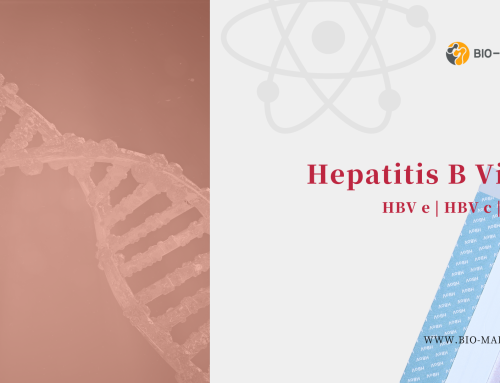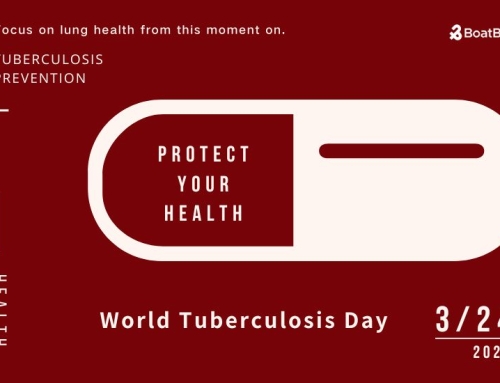December 1, 2023 marks the 36th World AIDS Day. AIDS is a complex social problem that requires the participation of the whole society. In order to fight against AIDS and safeguard the health and safety of the people, all forces in society should unite their efforts and have the same goal.
What is AIDS?
AIDS, or acquired immune deficiency syndrome (AIDS), is caused by infection with the human immunodeficiency virus (AIDS, HIV). HIV is a virus that attacks the body’s immune system. It takes the most important CD4T lymphocytes in the human immune system as the main attack target, destroys the cells in large numbers, and makes the human body lose immune function. Therefore, the human body is easy to be infected with various diseases, and malignant tumors can occur, and the fatality rate is high. At present, the number of reported deaths of AIDS in China ranks first among infectious diseases. To date, there is no cure for AIDS drugs, and there is no effective vaccine to prevent infection. Once infected with AIDS, it is necessary to take lifelong medication, which will bring great mental pressure and health damage, and have a greater impact on learning, employment and family.

The clinical symptoms of AIDS
Clinical symptoms of HIV vary from person to person, but flu-like symptoms usually appear within 2-4 weeks of infection, including:
- Fever, headache, cough, sore throat, muscle and joint pain and other cold-like symptoms.
- Rash, mouth ulcer, lymph node enlargement, etc.
- Fatigue, weakness, loss of appetite, weight loss, etc.
- Nausea, vomiting, diarrhea and other gastrointestinal symptoms.
As the disease progresses, patients may experience more severe symptoms, such as:
- The immune system is damaged, and it is easy to be infected with various diseases, such as pneumonia, tuberculosis, candida infection, etc.
- Nervous system damage, may appear headache, insomnia, memory loss, convulsions and other symptoms.
- Cardiovascular system is damaged, and symptoms such as heart attack and stroke may occur.
- Liver and kidney damage, hepatitis, nephritis and other symptoms may occur.
It is important to note that the symptoms of AIDS are not necessarily obvious, and some people may not have any symptoms for years. Therefore, if there is a risk of infection or suspected infection, timely testing and treatment should be carried out.
AIDS Transmission Route
AIDS transmission routes are mainly the following:
- Sexual transmission: Sexual contact is the most common way of transmission of AIDS, including male and female sexual intercourse, anal sex, oral sex and so on. HIV can be transmitted through bodily fluids such as semen, vaginal secretions, and anal secretions.
- Blood transmission: HIV can be transmitted through blood, such as sharing syringes, blood transfusions, organ transplants, etc.
- Vertical transmission: When pregnant women are infected with HIV, they can pass the virus to the fetus or baby through the placenta, childbirth or breastfeeding.
- Other ways: HIV can also be transmitted through direct contact such as cutting the skin and mucous membranes, but this way of transmission is relatively rare.
It should be noted that HIV cannot be transmitted through air, food, water, daily contact, etc. At the same time, the use of condoms, avoid sharing syringes and other measures can effectively prevent the spread of AIDS.

AIDS detection
AIDS detection usually includes antibody detection and viral nucleic acid detection of two methods.
- Antibody testing: By testing the body’s antibodies to HIV to determine whether you are infected with HIV. Antibody testing is usually divided into two steps: preliminary screening and confirmation. The preliminary screening shall be performed by enzyme-linked immunosorbent assay (ELISA) and other methods. If the preliminary screening result is positive, confirmation testing shall be performed by immunofluorescence assay (IFA) or radioimmunoprecipitation assay (RIA).
- Viral nucleic acid testing: By testing the nucleic acid of HIV to determine whether you are infected with HIV. Viral nucleic acid testing, usually using methods such as polymerase chain reaction (PCR), can detect viral nucleic acid within a few days to weeks after infection.
It should be noted that AIDS testing needs to be carried out in regular medical institutions to avoid the use of unreliable self-test kits. At the same time, if there is a risk of infection or suspected infection, timely testing and treatment should be carried out.
AIDS prevention
AIDS prevention mainly includes the following aspects:
- Correct use of condoms: condoms are effective measures to prevent the transmission of AIDS, should be used correctly to avoid damage or expiration.
- Avoid sharing syringes: Sharing syringes is one of the main ways of AIDS transmission, sharing syringes should be avoided, if you need to inject drugs, you should use clean syringes.
(3) Prevention of mother-to-child transmission: When pregnant women are infected with HIV, they can prevent mother-to-child transmission through prenatal, postpartum and postpartum measures, such as the use of antiviral drugs, caesarean section and so on.
- Regular testing: If there is a risk of infection or suspected infection, timely testing and treatment should be carried out, regular testing can detect the disease early and treatment.
- Improve health literacy: Improve health literacy, enhance self-protection awareness, and avoid high-risk behaviors, such as unsafe sex and drug abuse.
It should be noted that there is no specific treatment for AIDS, and prevention is the most important measure. At the same time, publicity and education should be strengthened to improve public awareness and understanding of AIDS, and reduce discrimination and prejudice against AIDS.
Product recommendation
